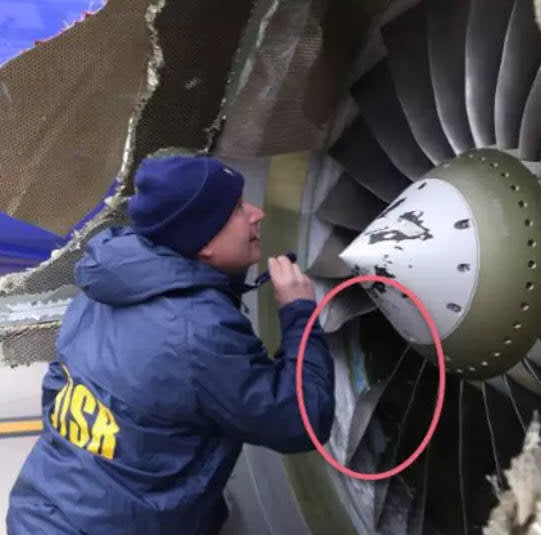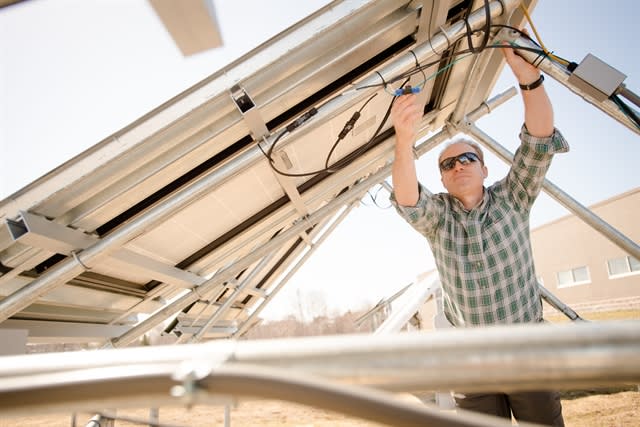simaonobrega
Mechanical
- Feb 11, 2020
- 7
Hello everyone,
I am currently working on the connection of two cylindrical vessels that requires a sealing in-between.
The environment is filled with super-critical CO2 (environment at 100bar and 65C with a pressure differential between the sealing of 0.01 bar), meaning that rubbers aren't allowed.
When removing the vessels from the main chamber, they must be decoupled. This implies that the seal connection will be opened three times per day.
As a solution, my initial thought is to use a dovetail groove (since the connection is opened often) with a PTFE teflon o-ring. Since the pressure differential is small, do you advise a simpler solution like the use of a gasket?
Any other recommendation?
Thank you very much for your time in advance!
Regards
I am currently working on the connection of two cylindrical vessels that requires a sealing in-between.
The environment is filled with super-critical CO2 (environment at 100bar and 65C with a pressure differential between the sealing of 0.01 bar), meaning that rubbers aren't allowed.
When removing the vessels from the main chamber, they must be decoupled. This implies that the seal connection will be opened three times per day.
As a solution, my initial thought is to use a dovetail groove (since the connection is opened often) with a PTFE teflon o-ring. Since the pressure differential is small, do you advise a simpler solution like the use of a gasket?
Any other recommendation?
Thank you very much for your time in advance!
Regards




